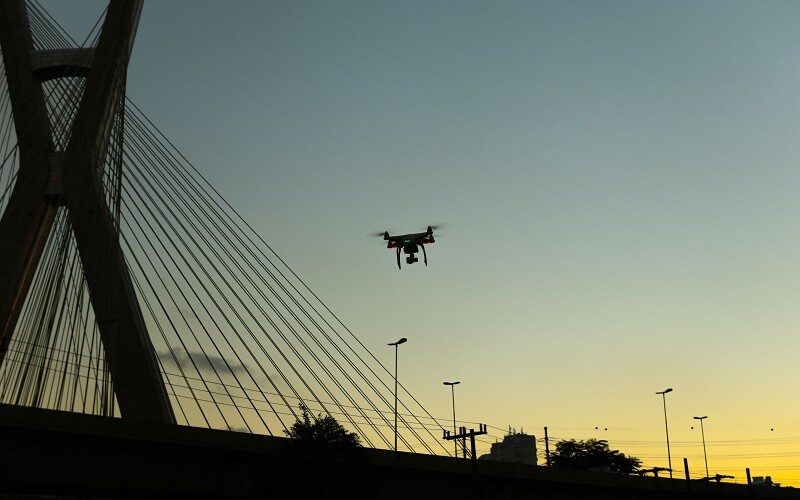Our weekly “Around the Commercial Drone Industry” news round-up highlights Norway’s plan to use drones in weather forecasting, research in Australia that deployed drones to get a better look at a damaged coral reef, and the use of uncrewed systems to aid lifeguards in New York.
More Drones for Weather Predictions
Dronelife reports on a new effort in Norway to incorporate uncrewed systems in weather prediction operations. According to the story, the Norwegian government’s Norwegian Research Center (NORCE) is partnering with Switzerland’s Meteomatics on a “multi-million euro partnership” that “will help future-proof against unexpected climate and weather that might affect both citizens and critical infrastructure.” For the program, NORCE will “install 30 of Meteomatics’ ‘Meteodrone’” around Norwegian airspace, forming a new network of sensors to more accurately follow weather patterns and movement at the lower-mid atmospheric level.”
This effort joins other recently reported programs that seek to leverage the capabilities of uncrewed systems in weather forecasting and disaster management, such as Verizon and NOAA’s new crisis response and data collection collaboration.
UAVs Map Coral Reefs in Australia
Researchers at the University of Western Australia and the Australian Institute of Marine Science are deploying “drone technology and cutting-edge analytical methods for the first time to map the intertidal coral reefs of the Rowley Shoals off the Kimberley coast of Western Australia.” Having determined that the “reef had shown evidence of thermal adaptation and higher resistance to coral bleaching than coral in subtidal environments,” the scientists turned to drones to get a closer, more accurate look at the environment. Their findings point to the potential of drones in scientific research and their ability to help researchers develop “targeted management strategies.”
Uncrewed Aerial “Lifeguards” in New York
Government Technology informs us that the City of New York will use “Remote-controlled drones equipped with flotation devices” to help “lifeguards rescue swimmers in distress this summer season.” According to city officials, the drones will have the ability to “deploy a floatation device to swimmers in distress.” Moreover, the UAVs will be “to communicate with the swimmer in distress while help is on the way.”















Comments